An extraordinary book celebrating the late, great Peter Lindbergh
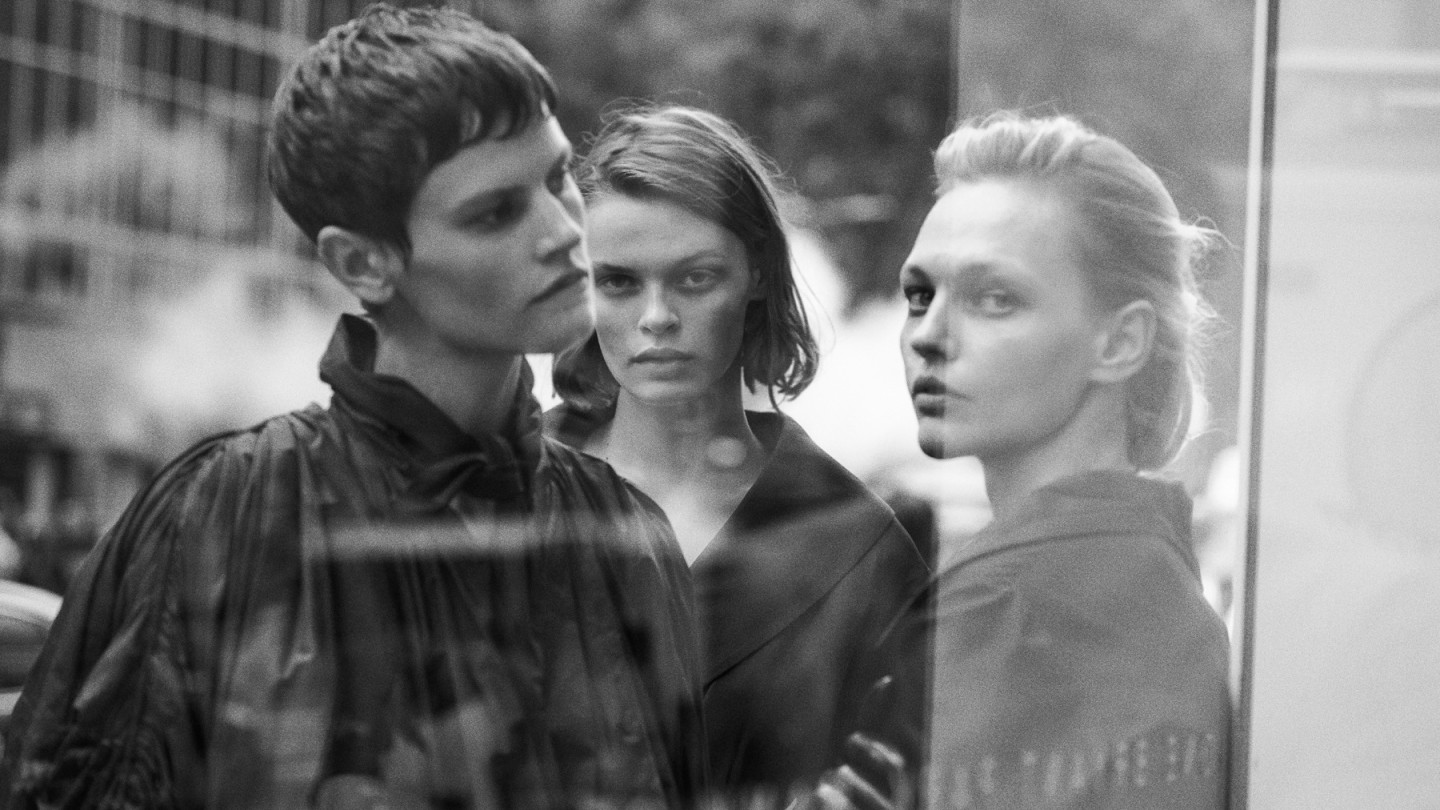
Roula Khalaf, Editor of the FT, selects her favourite stories in this weekly newsletter.
New York’s Times Square, October 2018. Commuters jostle past tourists with bulky backpacks. Clouds of fumes ribbon up from the subway. Scaffolding clings like an exoskeleton to buildings. A McDonald’s cup sits atop a rubbish bin. Against this backdrop, glimpsed in a shop window, the blurred reflection can be seen of Sudanese-British model Alek Wek wearing a 1947 Dior cream Bar jacket, its exaggerated hourglass silhouette an elegantly structured counterpoint to the visual cacophony of the daily grind. It’s the opening to Taschen’s new cloth-bound, two-volume tome Peter Lindbergh. Dior, which showcases with otherworldly grace Dior’s museum-calibre vintage haute couture in this most arresting of contemporary contexts. The pieces are at once out of place and at home. The paradox is perfect: timeless style in Times Square.
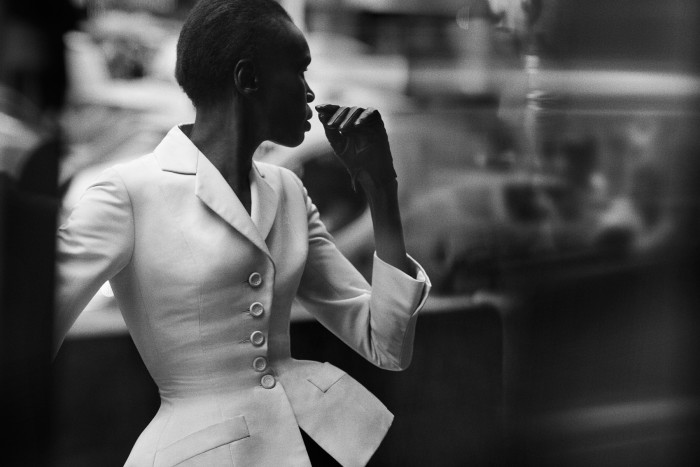
No photographer other than Peter Lindbergh could have convinced the French fashion house to ship more than 80 iconic couture pieces from its vaults in Paris to New York for an unfettered street-style project documenting 70 years of Dior – from that first sculptural jacket to chic Domino coats by current creative director Maria Grazia Chiuri. The photographer, who died in September at the age of 74, had a long, illustrious and trusting relationship with the house, built upon both advertising campaigns – from J’Adore, with a sashaying Charlize Theron draped in golden silk, to Lady Dior, with Marion Cotillard teetering atop the Eiffel tower – and glossy magazine editorials for the likes of Vogue and Harper’s Bazaar. Few could have illustrated so effortlessly the enduring chic of Dior’s archive pieces, which today look as relevant, as elegant and as celebratory of the female form as they did in the years they were created.
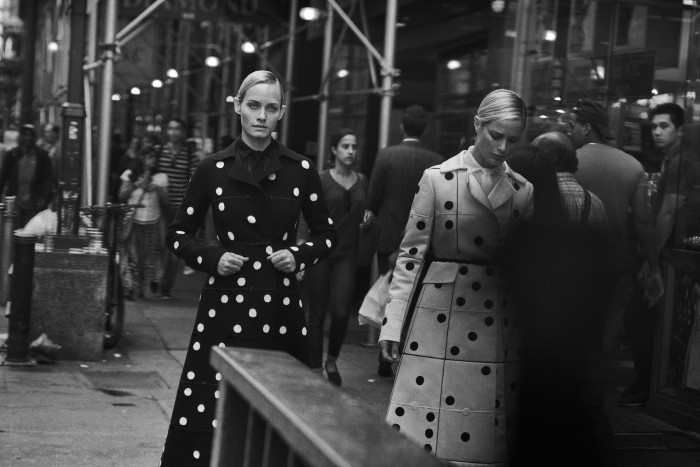
More than 160 unpublished images from that gloriously free-roaming shoot, which radiates the photographer’s signature style, are captured in volume one. Lindbergh was celebrated for his naturalistic, emotional approach to fashion photography that stripped away artifice. Here, the models – including Amber Valletta, Karen Elson, Saskia de Brauw and Sasha Pivovarova – are freed from the strictures of couture culture: seemingly make-up-free; often with wispy, windswept hair; relaxed in both expression and posture. It’s classic Lindbergh, of whom Cindy Crawford said on Instagram after his death: “When @therealpeterlindbergh shoots, it’s about the women. It’s not about the hair, make-up or styling, really. He had a way of turning your imperfections into something unique and beautiful…”
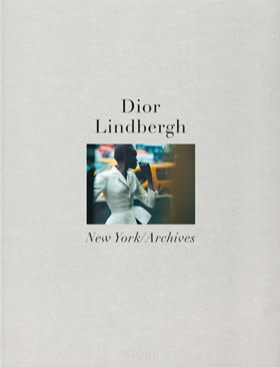
In parallel, the clothes are captured in motion and with motion, in unlikely contexts. To wit: a 1992 Gianfranco Ferré tartan bustle shot in profile, its lines set against the stripe of a zebra crossing; the billowing red, ruffled sleeve of a 2003 John Galliano dress captured underneath the red and yellow gleam of a street food stall’s umbrella; the cinched-in poise of a 1950 Oblique coat as Karen Elson struts through the crowds. It feels beautifully unguarded. “While haute couture is closely linked with an idea of perfection and the mastery of every last detail, I wanted to transport 70 years of Dior creations to an unexpected place,” Lindbergh said of the project. “The streets of New York embody the most contrasting background to reveal unforeseen emotions.”
Volume two collates more than 100 of Lindbergh’s images of Dior looks taken for publications including US Vogue, Vogue Paris, Vogue Italia, Vanity Fair and Harper’s Bazaar over his three-decade career. It’s as much an homage to the house as a retrospective of the enduring beauty of Lindbergh’s work. Reese Witherspoon, in a sheer black dress, nestles in the curl of an elephant’s trunk; a young Carey Mulligan, en plein air, is shyly luminous in colour-drenched ruffles; Robert Pattinson executes tailored dishevelment as only he can; while Milla Jovovich, in simultaneous ballgown and protester mode, brandishes a placard saying “The Mundane is to be Cherished”.
Any truly complete retrospective would, of course, stretch beyond Dior to include images from the three Pirelli calendars Lindbergh masterminded; or the January 1990 cover of British Vogue, featuring the original supermodels – Cindy Crawford, Naomi Campbell, Linda Evangelista, Tatjana Patitz and Christy Turlington; or the first cover of US Vogue under Anna Wintour in 1988, featuring Israeli model Michaela Bercu in sublimely rebellious dress-down chic; or, indeed the compilation of 15 faces for the cover of this year’s British Vogue, edited by the Duchess of Sussex. But that’s another story.
How to spend it on . . . books
Five sumptuous tomes of inspiring design and photography
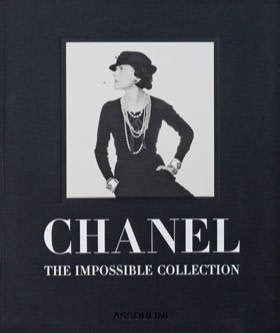
Chanel: The Impossible Collection by Alexander Fury (€820, Assouline)
This a book of two halves, Chanel under Coco, and Chanel under Karl Lagerfeld, who held the reins for 36 years. And it’s an exhilarating romp through the greatest hits of one of the most evocative Parisian brands. Archive pieces from museums and private collections, gorgeous images by photographers including Edward Steichen, Richard Avedon and Peter Lindbergh, as well as illustrations and portraits, are curated and deftly drawn together by fashion journalist and Financial Times menswear critic Alexander Fury. It’s finished with hand-tipped colour plates and a linen clamshell box.
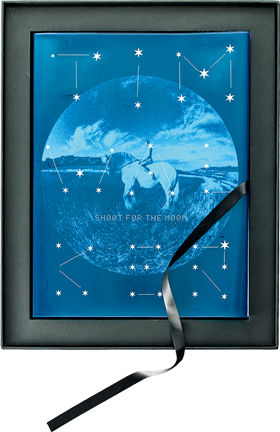
Tim Walker: Shoot for the Moon Collector’s Edition (£2,500, Thames & Hudson)
Topping the visually sumptuous frenzy of magic realism photographer Tim Walker’s V&A show and accompanying book, and recently opened selling exhibition (the first for Walker) at Chelsea’s Michael Hoppen Gallery, this colour-saturated monograph is available as a collector’s edition limited to 50 copies. Supercharged with pages of coloured gels, it is also accompanied by a sublime signed archival print of Karen Elson and Atlas the Lion. The book contains hundreds of images, many not on show at the V&A, including surrealist shots from his Alice in Wonderland series for the 2018 Pirelli calendar, featuring an all-black cast of starry names from Naomi Campbell to Whoopi Goldberg.
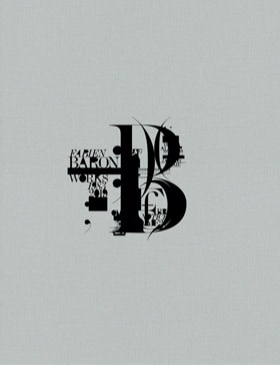
Fabien Baron Works: 1983-2019 (£150, Phaidon)
Billed as part design manual, part manifesto, part eye‑popping skip through a catalogue of beautiful design, this is the first career retrospective of the acclaimed creative director, whose roll-call of reinventions and creations includes Vogue Italia with Franca Sozzani, Liz Tilberis’s Harper’s Bazaar, Vogue Paris under Carine Roitfeld, Interview magazine – his first cover star of which, Kate Moss, pens a foreword to this tome – as well as books including Madonna’s headline-grabbing 1992 Sex, and countless campaigns for brands such as Burberry, Givenchy, YSL and Calvin Klein, where he was creative director for 20 years.
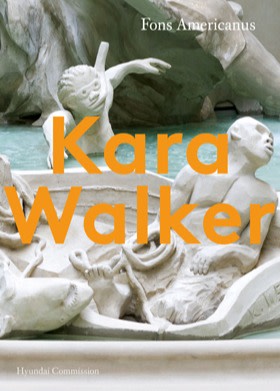
Kara Walker: Hyundai Commission (£19.99, Tate Publishing)
New York-based artist Kara Walker’s 13m-high fountain, Fons Americanus, a comment on suppressed histories running between continents and standing tall in Tate Modern until April next year, is the springboard for this book. The narrative of the sculpture’s creation takes in early sketches and archival images of the work in progress, as well as historical, literary and cultural sources that inspired the piece. An essay by Zadie Smith, “What do we want history to do to us?”, delves into Walker’s career and the themes of her artworks, from her “newly famous – and soon to be notorious” paper cutouts, to more recent sculptures and shadow puppets.
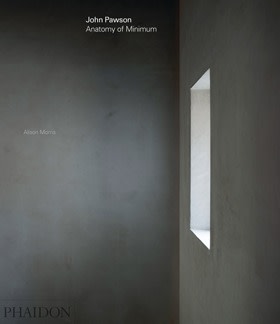
John Pawson: Anatomy of Minimum by Alison Morris (£49.95, Phaidon)
The latest in this Phaidon series explores the creative principles of the architectural designer John Pawson. It focuses on the details that underpin his masterful minimalist aesthetic – from windows to doors, light to proportion. Domestic projects, including his own home, come under the spotlight, as does London’s Design Museum – a temple to minimalist chic.
Comments